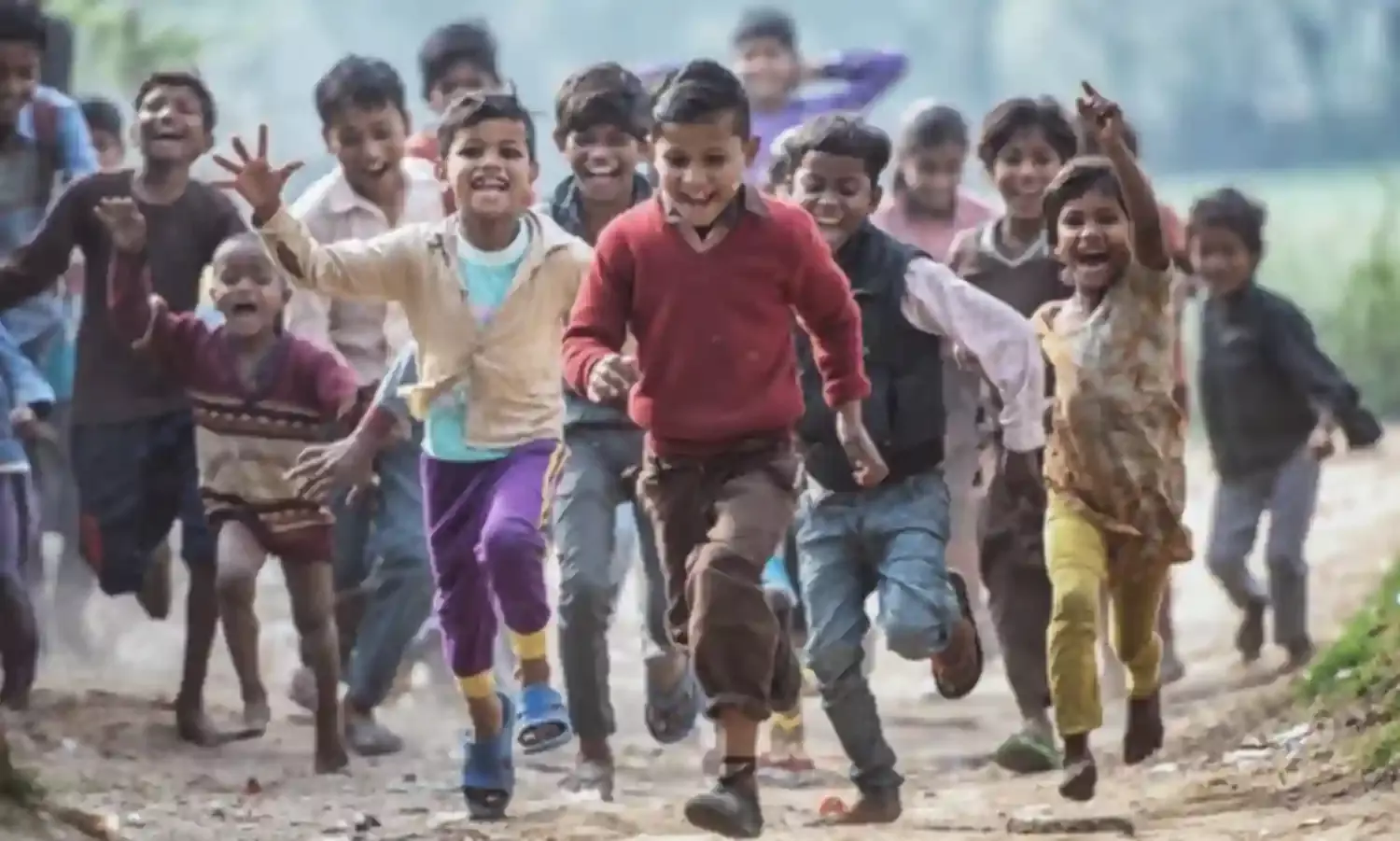Civil Society Groups Write to President Opposing Population Control Bill
There is no evidence of a population explosion in either India or Uttar Pradesh

Women’s groups, health experts and civil society groups have written to the President of India raising concerns and opposing the Draft Uttar Pradesh Population Control Bill 2021.
The bill’s main objective is to implement a two-child norm by punishing adults with more than two children, and rewarding those who comply.
Following in the steps of BJP-governed Assam, the disincentives or punishments would bar people from contesting municipal or panchayat elections, applying for government jobs, or accessing public entitlements in food, education, health and social security.
Organisations including the All India Democratic Women’s Association, the National Federation For Indian Women, the National Alliance for Maternal Health and Human Rights, the All India Dalit Mahila Adhikar Manch and the Population Foundation of India have termed the bill coercive and “anti-women” in nature.
The bill “poses tremendous barriers to accessing reproductive health information, care, and the benefits of social welfare particularly for women,” according to the memorandum written by these groups.
“The bill will also encourage sex selection, increase discrimination against girl child and worsen the already declining sex ratio,” given the strong son preference in society.
With about 110 boys born for every 100 girls, India has the world’s fifth-worst sex ratio at birth after China, Azerbaijan, Vietnam, and Armenia. The child sex ratio had worsened in favour of boys in the last Census compared to prior decades.
According to the Population Foundation of India, one of the signatories of the memorandum, coercive population control measures have been found to lead to an increase in sex selective practices and unsafe abortions. This is especially true of countries like China and India, which have a strong preference for male children.
China is a prime example of the proven inefficacy of coercive policies, the Foundation says. After enforcing a one-child and a two-child policy, China had to eventually rescind it after finding itself in the midst of a demographic disaster, with an abnormally high male-to-female sex ratio and an aging population.
India has reported a skewed sex ratio at birth since the 1970s, and Uttar Pradesh is among the ten states with the highest son preference. Projections estimate that the highest deficits in female births will occur in Uttar Pradesh, with a cumulative two million missing female births between 2017 and 2030.
This will be exacerbated if the draft bill is imposed, according to the Population Foundation.
The 2016 National Family Health Survey found that Uttar Pradesh’s sex ratio at birth is 903 girls for every 1000 boys. The data clearly indicate a worrying trend for sex selective practices in the state.
A five-state study by Nirmala Buch, a former IAS officer, found that in states which adopted two-child policies there was a rise in sex-selective and unsafe abortions.
“Given the existing gender and social norms in Uttar Pradesh, stringent population control measures in UP will further skew the sex ratio,” said Poonam Muttreja, executive director at the Population Foundation of India.
The memorandum to President Kovind adds that it is critical to understand that the recent references to “population explosion” and the need to ‘‘control” it completely ignore the robust evidence that the total fertility rate in India was down to 2.2 already in 2016 in 24 states, marginally above the replacement level of 2.1.
The available data show that India has already started experiencing a slowing down in population growth and a decline in fertility rate. Census data on population confirms that the decadal growth rate had reduced from 21.5% to 17.7% between 1991 and 2001.
Thus, concerns around “population explosion” are not substantiated by national or global data and there is no evidence that there is a population explosion in either India or Uttar Pradesh.
As projected by the Institute for Health Metrics and Evaluation, India is expected to reach its peak population of 1.6 billion by 2048, followed by a steep decline bringing the population to 1.1 billion and total fertility rate to 1.3 in 2100.
“The Bill also limits the identity of women and their reproductive rights expressions within marriages alone. It defines women only in relationship to a ‘man’ within a marriage. Women face situations of child birth outside marriages too, whether it is an outcome of an unwanted pregnancy from a sexual assault/rape,” reads the memorandum opposing the bill.
“Women also face situations of continuing an unwanted pregnancy due to lack of access to safe abortion services which is the primary responsibility of the state governments to provide and ensure.”
For these reasons, civil society groups have called for complete withdrawal of the draft bill.



